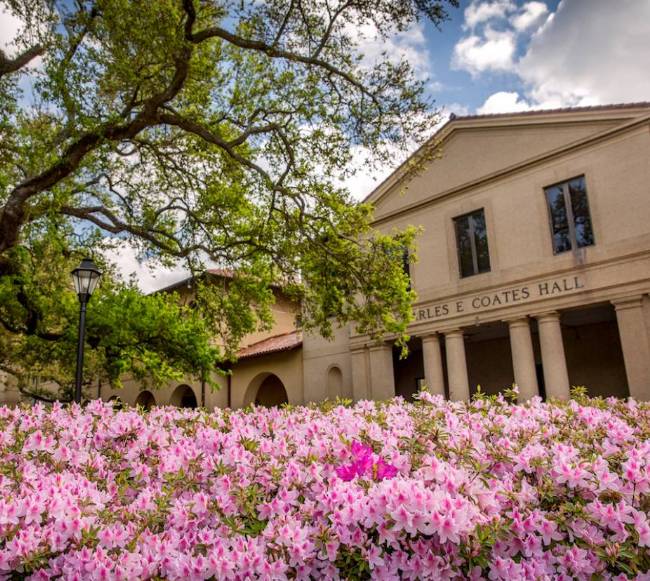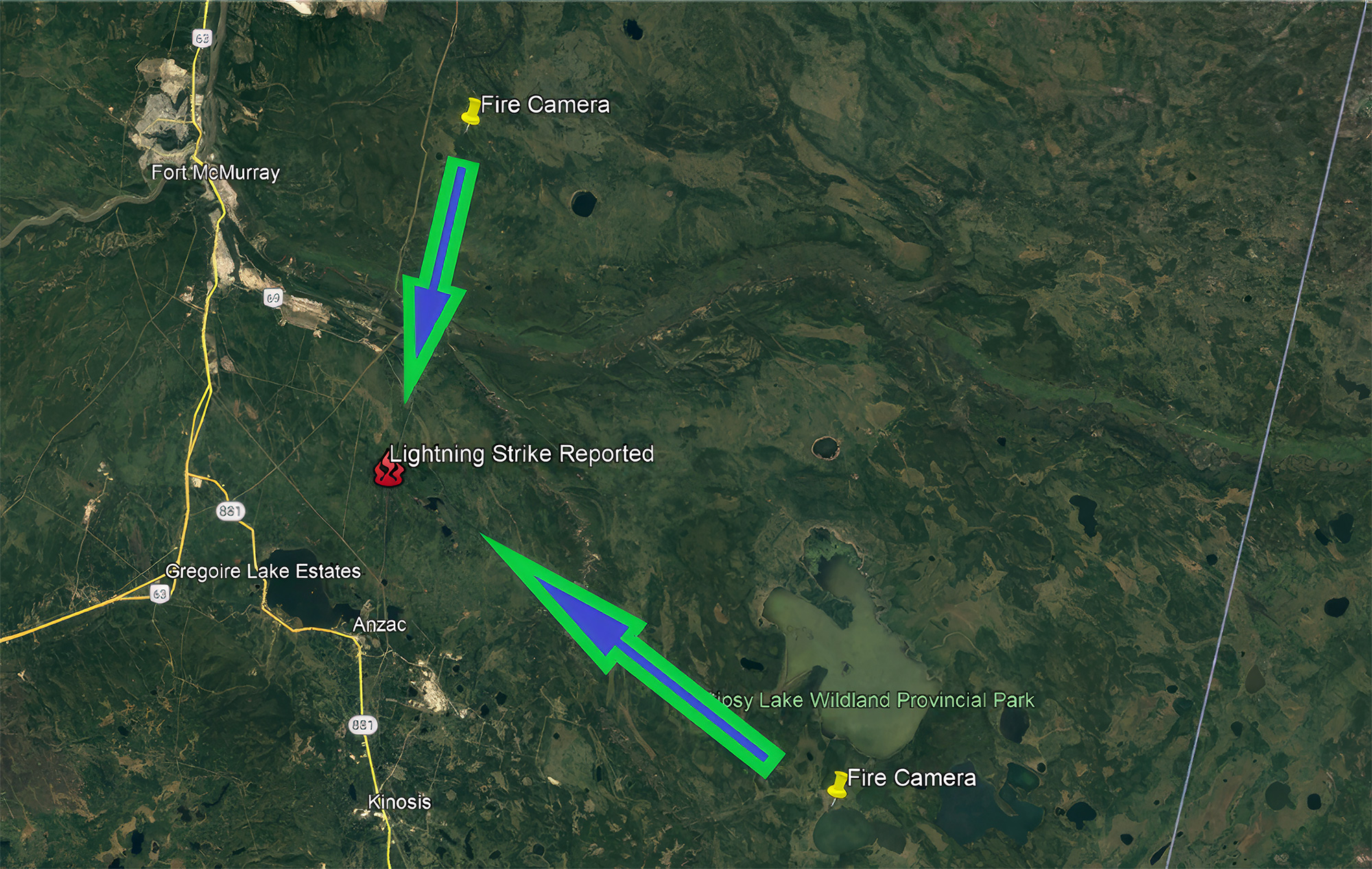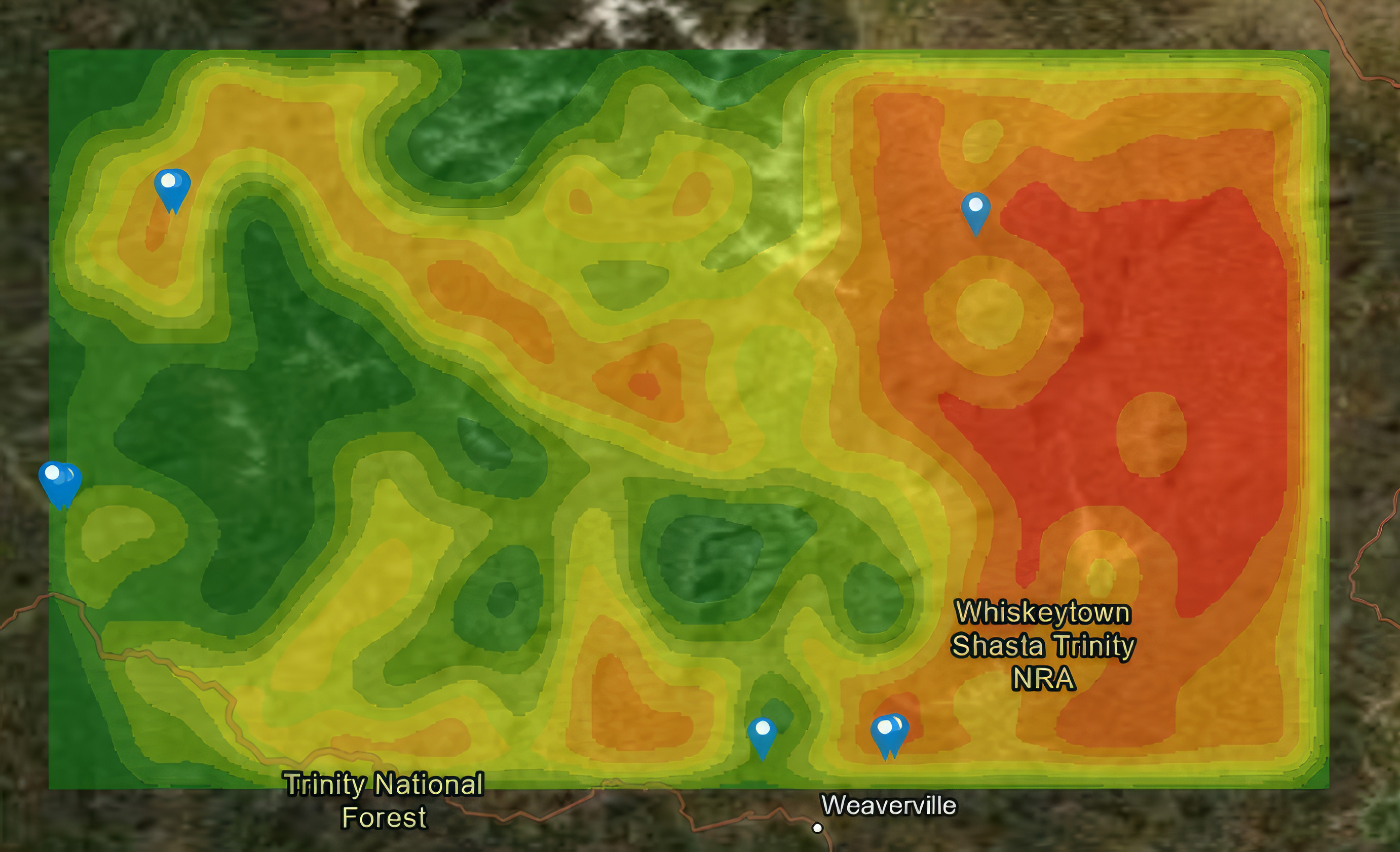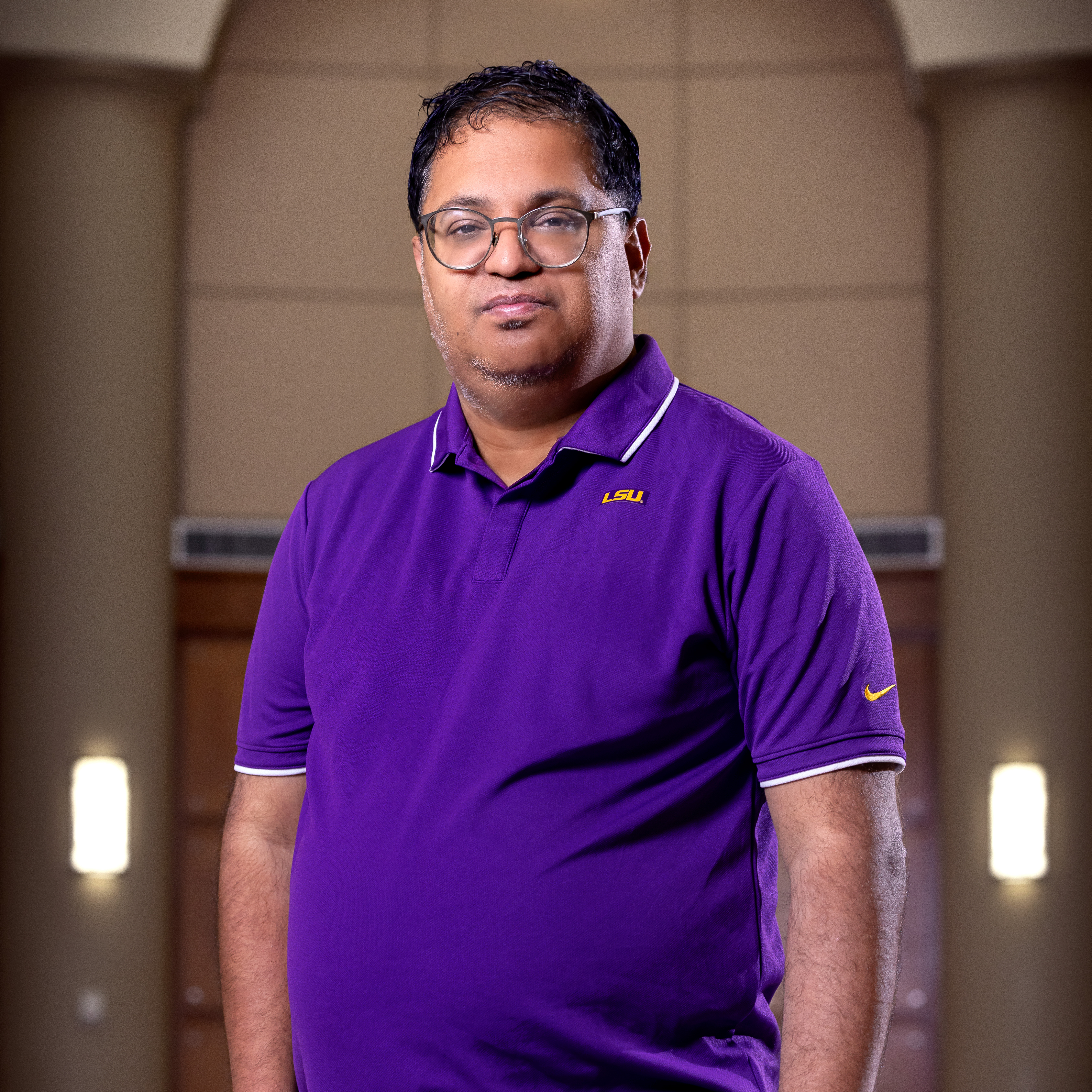How DeepFire Works:
Step 1 - Analysis
Using large datasets of previous wildfires, real-time weather conditions, predictions of lightning strikes, land cover, vegetation type, etc., the AI engine is able to predict if there will be a wildfire in a designated area in the next few days or even in the medium term.







